A Phyto Finish: Could Seaweed Be Mined for Critical Minerals?
Some Seaweeds Accumulate Critical Minerals. NREL Scientists Are Studying Which Ones Do It Best
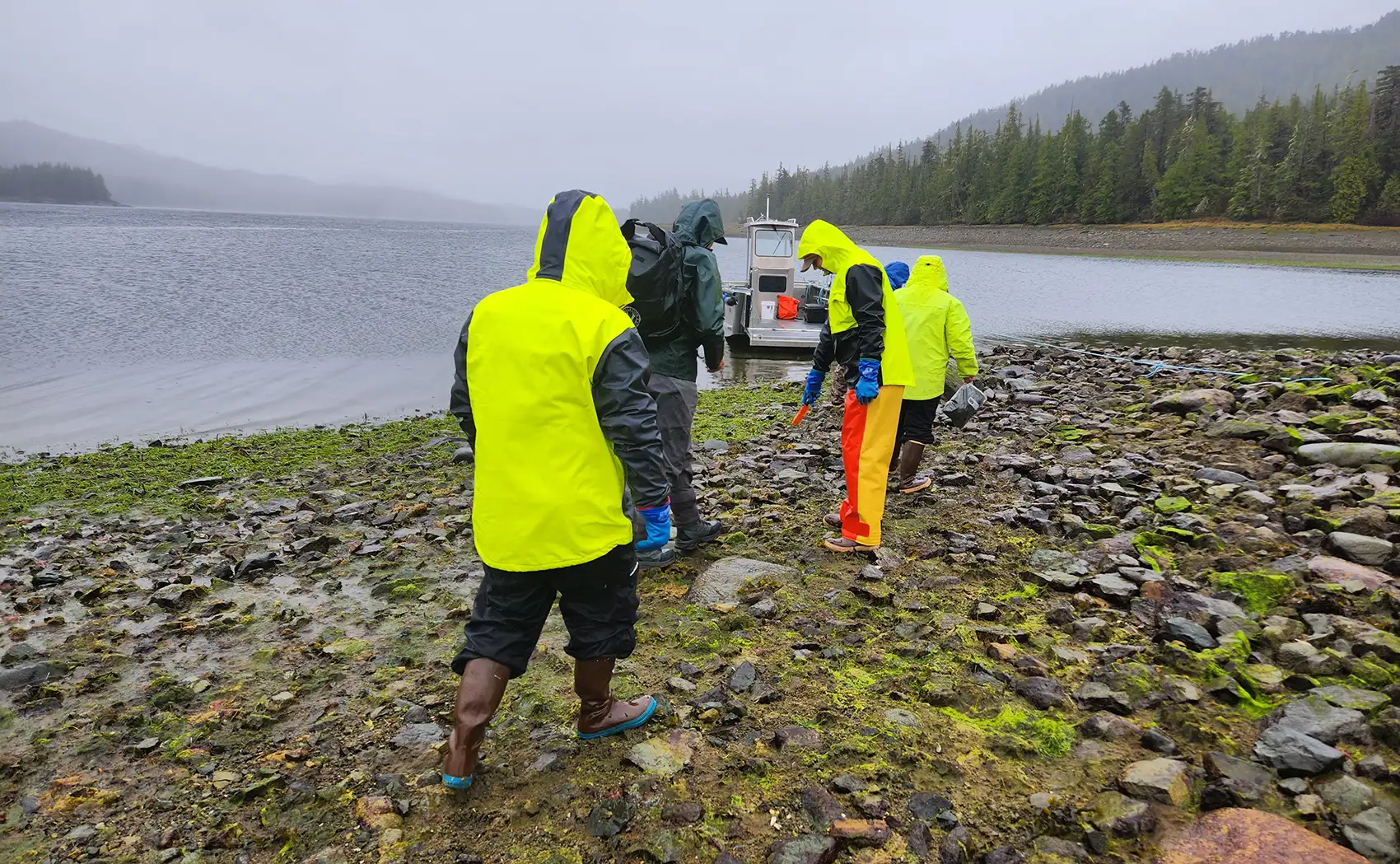
Seaweed: the phyto(mining) frontier? Puns aside, seaweed is emerging as a surprising mining source.
NREL chemist Stefanie Van Wychen and a team of five departed Juneau, Alaska, on an early spring—and surprisingly green—April morning. The crew flew to Ketchikan, a city known for its “feisty salmon,” glacier-shaped wilderness, and snaking waterways. Then they boarded a worthy sea vessel, the Nordic Lady, and after four hours arrived at Prince of Wales Island, Bokan Mountain looming above them as they motored in.
From the dock where the team’s work would begin, Van Wychen saw a rainbow-colored array of sea anemones just below the water’s surface. At low tide, the team took a small boat out into Moira Bay, near Bokan Mountain, to collect seaweed samples attached to the exposed rocks.
“I was surprised at the diversity of marine life there,” Van Wychen said. “I think of the tropics having that kind of diversity, but it’s also right there in Alaska. I saw sea stars, sea cucumbers, sea otters, seals, and whales.”
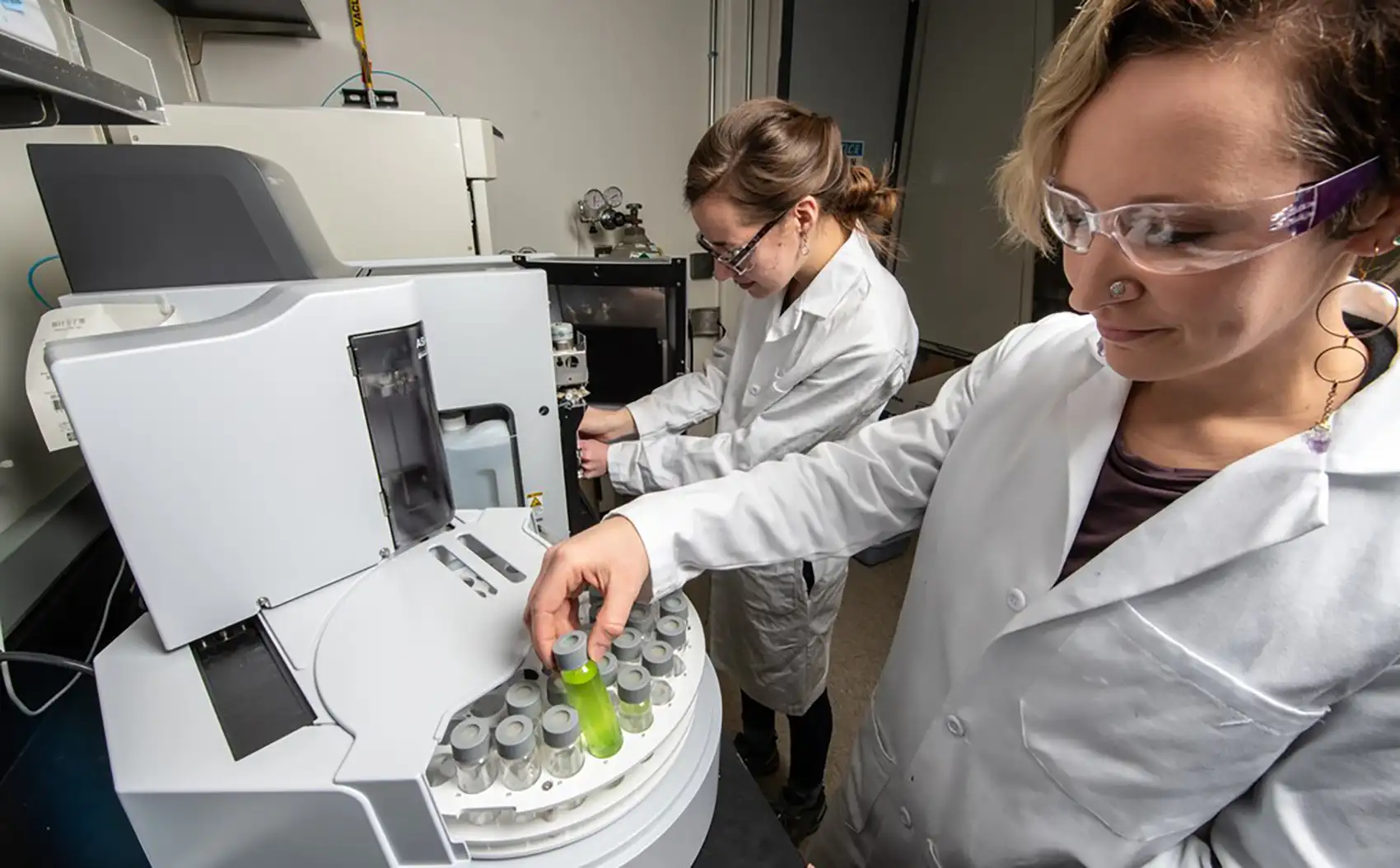
The diversity was awe inspiring, but seaweed was the team’s focus—specifically, the species that grow in the waters below Bokan Mountain, a former uranium mine. The seaweed can absorb rare earth elements (REEs), critical components in things we use or encounter every day: including laptops, smartphones, data centers, and medical equipment, as well as defense technology like lasers, missiles, and guidance systems.
REEs are not truly rare, but because they mix with other elements and sit in layers under the Earth’s crust, they can be challenging and costly to mine. And demand is growing.
But seaweed is growing, too.
Ever since the 1960s, when the U.S. Geological Survey discovered that the tree-thick Prince of Wales Island hid a treasure trove of REEs, people have flocked there to mine the minerals. But now, with funding from the U.S. Department of Energy’s Advanced Research Projects Agency, NREL researchers are investigating if the island’s vegetation might be even easier to mine than its soil.
“Our main focus is discovering the method of accumulation and mineral selectivity by the seaweed to derive biomimetic or bioinspired alternatives that we can build in the laboratory to help with seawater biomining,” said NREL bioenergy researcher Lieve Laurens, an NREL principal investigator for the project.
If the team can figure out how the seaweed soaks up the metals, they can determine which species might host the most. That way, future algal farmers might cultivate rare-earth-metal-rich seaweeds to help the country meet increasing demand.
“But first, researchers must understand the mechanistic, physiological, and geochemical drivers of ocean phytomining, a process for extracting vital materials from soil or anthropogenic wastes like mining wastes,” Laurens said.
Water, Water Everywhere: Locating Rare Earth Elements Near Alaska’s Bokan Mountain and Surrounding Waters
For the team of scientists—including people from the University of Alaska Fairbanks (UAF)—understanding how seaweed accumulates REEs meant gathering more data, forcing them to get their feet wet.
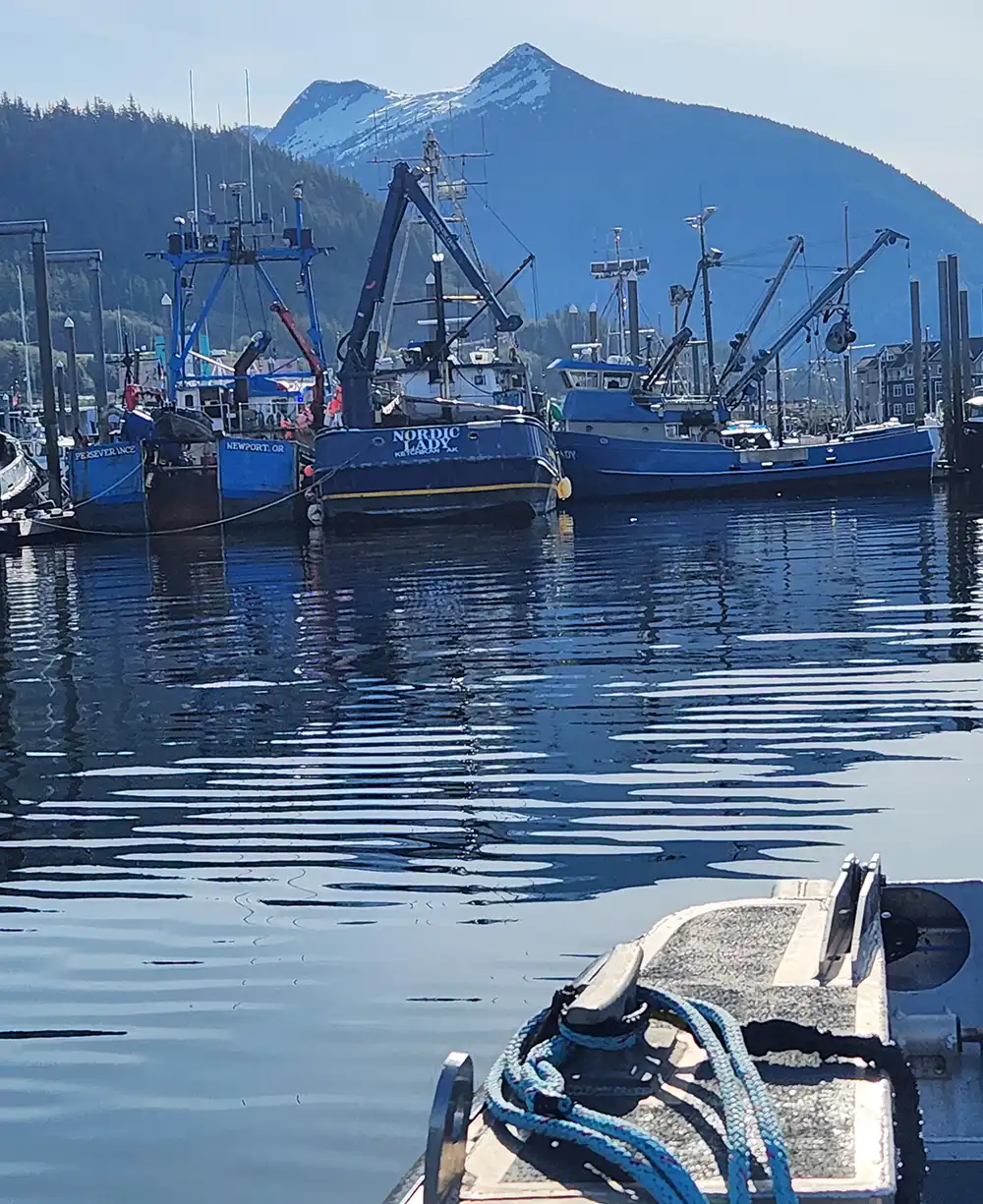
Van Wychen and a team from UAF collected seaweed samples from near a stream emptying into Moira Bay. They also collected water samples at two depths (2 and 10 meters) and recorded conductivity, pH, and temperature measurements at each of the seaweed sampling sites, to be analyzed and studied for correlation with REE accumulation.
They pulled the samples into the boat, rinsed the seaweed for tiny shrimp and anything else that might contaminate the samples, and split each sample up into two different tissue samples. The crab-claw-like sacks called receptacles, which are the fertilized parts of the plant, and the thalli, or stems of the plant, would be analyzed separately to help determine the location of the critical minerals in the plant.
From there, the real tests would begin: analyzing the seaweed for accumulation of REEs and looking at how different variables—depth of the collected seaweed, location, species, nutrients and salinity in the water—correlated with REE accumulation. The analysis required new methods to be developed for extracting and quantifying very small amounts of REEs in the hundreds of seaweed samples collected.
Alicia Sowell and Ross Kerner, both NREL analytical chemists, worked on streamlining new workflows to demonstrate that the new analyses measured the REEs accurately and repeatably. This way, the team could use advanced statistics and machine learning to discern the respective seaweed REE hyperaccumulation trends and mechanisms.
“Our analysis, which we conducted using NREL’s unique algae laboratory analytical procedures, give us a snapshot on the potential to inform the production of large-scale farms to maximize biological accumulation rates,” Laurens said.
It may be a long shot to achieve meaningful levels of REE concentration through biomining alone, Laurens explained—these are complicated processes. But the potential upsides are enticing: Seaweed extraction offers a supplement to costly ocean mining and can help clean up seawater as it grows rapidly and sucks up minerals from the water. Its negatively charged cell walls attract positively charged minerals from its environment, which pulls them into the algal tissues.
Scientists like Laurens are interested in how that propensity for mineral uptake can contribute to phytoremediation, in which plants absorb chemicals and minerals from surrounding soil and ocean water. Take hemp as an example: The plant flourishes across the United States, and its roots reach deep, so it absorbs more minerals than other plant families. Seaweed is like the hemp of the ocean: It grows everywhere and has deep roots.
Trust the (Hyperaccumulator) Process: Understanding Seaweed’s Extraction Methods for Rare Earth Elements
“That also means understanding the process around how seaweed functions as a hyperaccumulator of REEs,” Laurens said.
Assistant professor Schery Umanzor leads the UAF team, whose researchers have joined the project to help unravel the geochemistry of REEs from source to ocean, Umanzor said. UAF is helping identify and quantify REEs available for seaweed uptake and specific sites where the flow into the ocean occurs at higher rates.
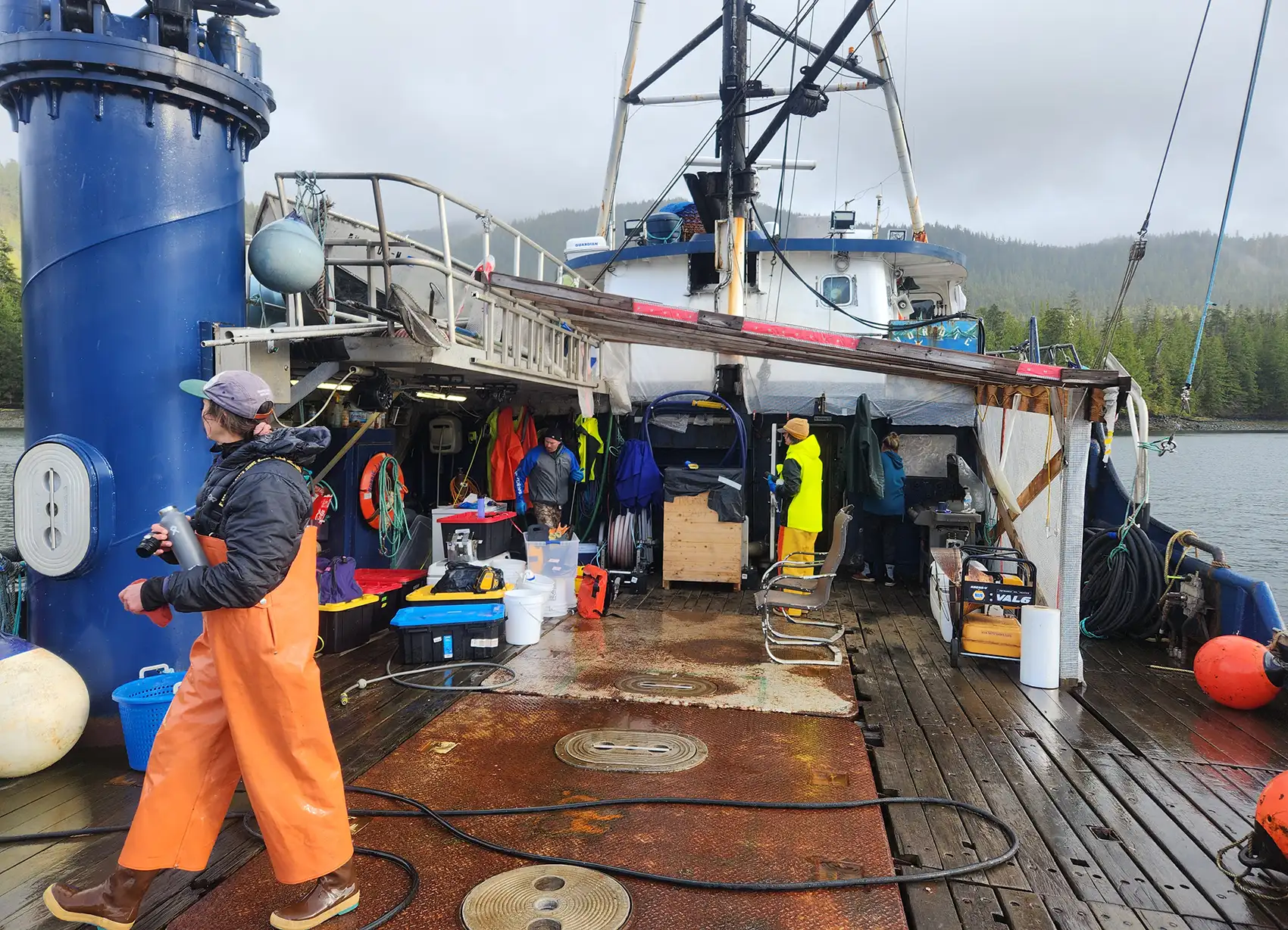
Phytomining is not new: It was first posited in 1983 by U.S. Department of Agriculture agronomist Rufus L. Chaney. Researchers have labored to show its promise since then—recently, they demonstrated nickel mining in four acres of leafy shrub in Malaysia’s Kinabalu Park. Another paper described REE accumulation in seaweed off Morocco’s Atlantic coast.
NREL is working to expand knowledge on what species of seaweed are especially suited to the task, known as hyperaccumulators. In remote locations around Bokan Mountain, they are mapping the abundance of REEs in such species. They want to know how seaweed growth affects seawater downstream. They are interested in the photosynthetic drivers of seaweed and how those drivers affect how well seaweed grows in these environments.
“We’re mapping REE levels at various times of year at various points in the watershed,” Laurens said. “REE levels are highest near the source, at the spring, and begin to dissipate downstream. We’re also looking at hyperaccumulation by species of seaweed, and we found that one type of seaweed is more selective—and more abundant in REEs—than the others.”
Part of conducting good science is process refinement, and that is where Van Wychen comes in. At NREL, she develops analytical methods and laboratory procedures that let researchers understand the chemical composition of algae. That expertise has been influential in bio-based fuels and materials research circles, as industry is interested in using advanced algal systems to produce valuable lipids, carbohydrates, and proteins for a range of consumer products.
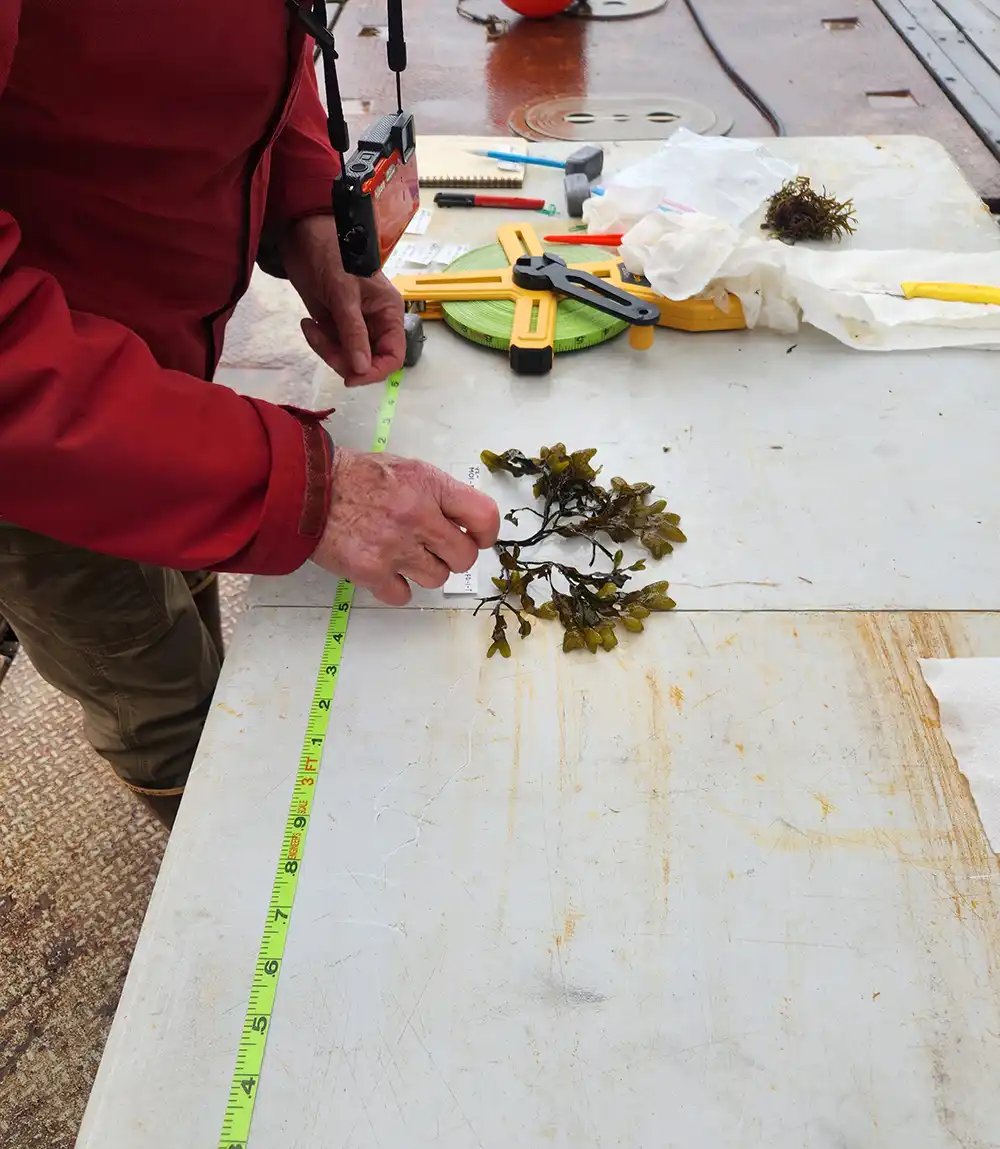
Analyzing algae for REEs is a new frontier. “We didn’t have a method for examining REEs in seaweed,” she said.
So, NREL is developing one. Her work here involves identifying how best to prepare specimens for examination, how to best clean them for extraction and to ensure contaminants do not muddy the results, how to digest the seaweed for testing, and troubleshooting this new process.
“There’s a ton of background work that has to be done long before we could dive into the roughly 1,300 seaweed samples,” Van Wychen said.
Every part of the process—and refining those steps—is crucial to get good readings on REEs in the seaweed and understanding the natural processes involved in their accumulation.
Laurens said that we could use algae genetic engineering to increase REE yields but that is difficult if not impossible to deploy in the natural marine environment. Biomining and subsequent chemical engineering to recover the critical minerals is easier—but only if researchers can determine which seaweeds soak up which REEs and which contain the most, using advanced statistical methods. Otherwise, they are mining in the dark.
UAF is also involved in looking at seaweed farming capacity.
“UAF and the state of Alaska have ample expertise in producing seaweeds such that we don't have to rely on natural harvest to source X or Y ingredients,” Umanzor said. “We would like to see a potential REE phytomining operation linked to farming, rather than natural harvest.”
Laurens noted that by finding the locations and hotspots in the biomass, they hope to elucidate the mechanism of enrichment. From there, they can improve the process (better, faster, and cheaper) and transfer to other, bio-inspired, synthetic systems.
“The partnership with NREL has been great because UAF has a huge logistical capacity, while NREL offers a wealth of analytical experience,” Umanzor said.
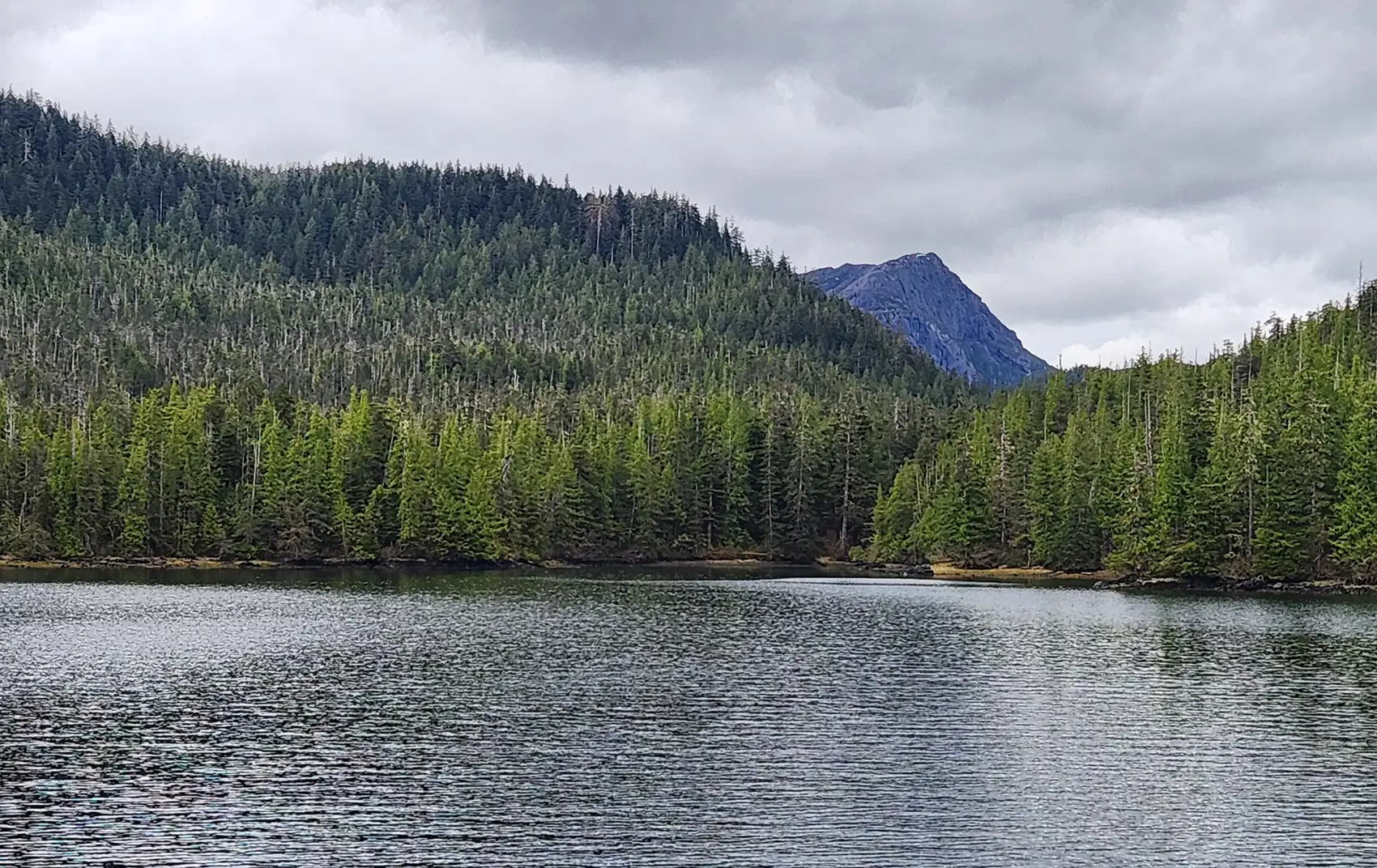
Extract-Ion Exchange: Removing Impurities in Water Through a Trusted Method
NREL is taking the long view. Beyond Alaska and sampling to understand REE accumulation in algae, other research teams are developing cost-effective methods to extract those minerals.
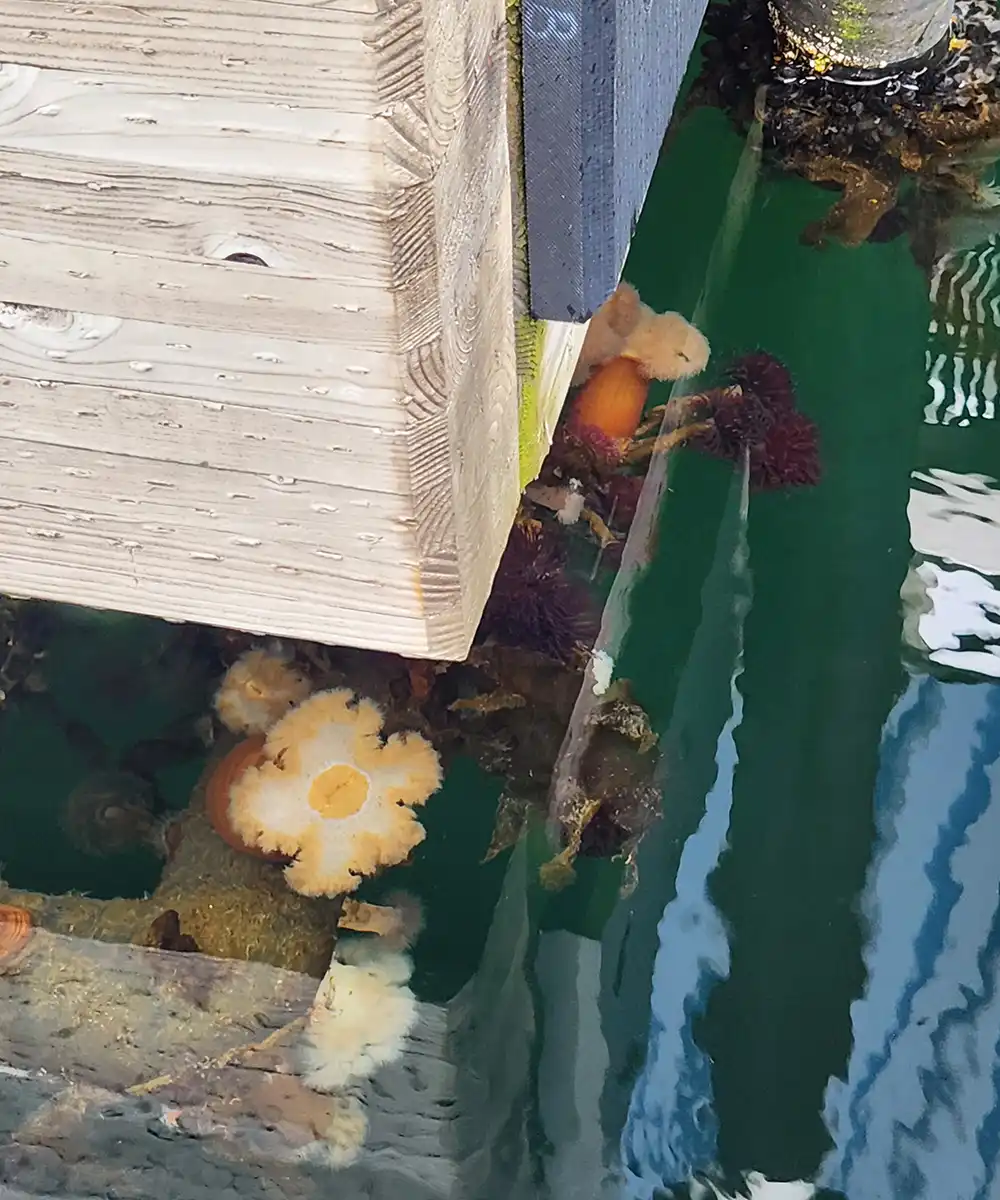
NREL researchers are using ion exchange technology—a method of extracting impurities by running water through a charged chemical separations system—to extract minerals in Alaskan seaweed.
NREL researchers have previously built an ion exchange model to simulate system designs that help remove polyfluoroalkyl substances—known commonly as forever chemicals that may contribute to various human health problems—from water. NREL previously worked with BHP to research methods for cleaning up mining sites with algae-based technologies and developing biofuel feedstocks.
Using heavy machinery for that purpose is toxic and expensive. Ion exchange presents a less costly method.
“We know a lot about ionic carbohydrate polymer composition in seaweed,” Laurens said. “The concept of exchanging the REE ions and actively piling up the REEs in the seaweed biomass method can be a useful path to both REE extraction and bioremediation. We are close to demonstrating this simple but effective biomining process that, when scaled as seaweed farms, will contribute to a domestic REE supply. That’s a potential win.”
What researchers learn from this work can not only inform REE extraction from seaweed but also expand new pathways for their broader accumulation from mineral-hungry plants. Success at Bokan Mountain makes a solid argument for expanding this research around the country as demand for REEs blossoms like the seaweed around the mountain.
Learn more about NREL’s bioenergy and bioeconomy research, including its algae compositional analysis laboratory procedures.
Last Updated May 28, 2025
